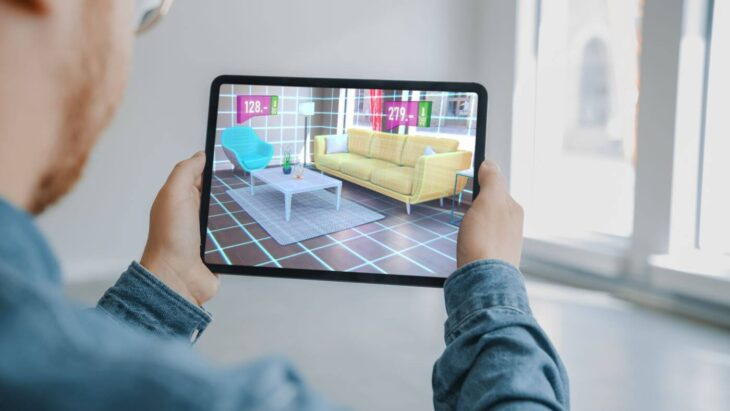Transforming E-Commerce: The Power of Image Based AR
Image-based augmented reality utilizes images as triggers to overlay digital content onto the real world, creating an interactive and immersive experience. This technology is particularly transformative in the realm of online shopping, enhancing how consumers interact with products and information. Here’s how image-based AR works and its applications in online shopping:
How Image-Based AR Works
Image Recognition:
The AR application uses the device's camera to scan and recognize a specific image or pattern, which acts as a marker for the AR experience.
Advanced algorithms analyze the image's features, such as shapes, colors, and patterns, ensuring accurate recognition.
Overlaying Digital Content:
Upon recognizing the image, the application overlays digital content like 3D models, animations, videos, or additional information onto the real-world view.
The digital content is anchored to the image, maintaining its position and orientation relative to the marker as the user moves the device.
Applications in Online Shopping
Product Demonstrations:
Customers can scan product images from catalogs, advertisements, or packaging to view detailed 3D models, usage demonstrations, or assembly instructions.
For instance, scanning an image of a piece of furniture might display a 3D model that users can rotate and view from various angles.
Virtual Try-Ons:
Fashion and accessory brands leverage image based AR to allow customers to try on products virtually. By scanning a product image, users can see how it looks on them in real time.
This feature is common in eyewear, jewelry, and clothing, providing a realistic preview before purchase.
Enhanced Product Information:
Scanning a product image can reveal additional information such as ingredients, user reviews, or video tutorials.
For example, scanning an image of a skincare product might display information about its benefits, user testimonials, and application methods.
Interactive Catalogs and Brochures:
Retailers can create interactive catalogs and brochures where customers scan images to access digital content like videos, 3D models, or exclusive offers.
This enhances traditional marketing materials by adding an interactive layer that engages customers more deeply.
In-Store Navigation and Experience:
In physical stores, image-based AR can assist customers in navigation by scanning images placed around the store to receive directions, product information, or promotional offers.
This can enhance the shopping experience by making it more interactive and informative.
Benefits for Retailers and Customers
Increased Engagement: Interactive AR experiences capture customer attention and make shopping more enjoyable.
Better Understanding of Products: AR provides a more comprehensive view of products, reducing uncertainty and increasing purchase confidence.
Reduced Return Rates: By offering virtual try-ons and detailed product views, customers are more likely to be satisfied with their purchases.
Innovative Marketing: AR allows retailers to create memorable and innovative marketing campaigns that stand out.
Challenges and Considerations
Technical Requirements: Implementing image-based AR requires investment in technology and expertise in AR development.
User Education: Customers need to be aware of and understand how to use AR features, which requires effective communication and user-friendly interfaces.
Data Privacy: Collecting data for AR experiences must comply with privacy regulations, and retailers must ensure customer data is protected.
Future Trends
Improved Image Recognition: Advances in AI and machine learning will enhance image recognition capabilities, making AR experiences more seamless and accurate.
Integration with Other Technologies: Combining AR with AI, machine learning, and other emerging technologies will create even more personalized and intelligent shopping experiences.
Wider Adoption: As AR technology becomes more accessible and affordable, it will see broader adoption across various retail sectors.
In summary, image-based augmented reality significantly enhances the online and in-store shopping experience by providing interactive, engaging, and informative ways for customers to interact with products. It holds great potential for transforming retail by bridging the gap between digital and physical shopping environments.
